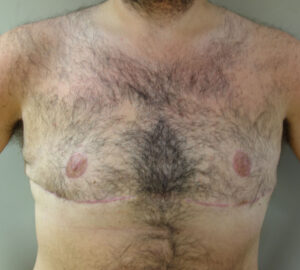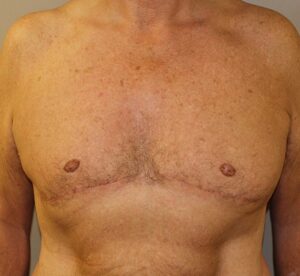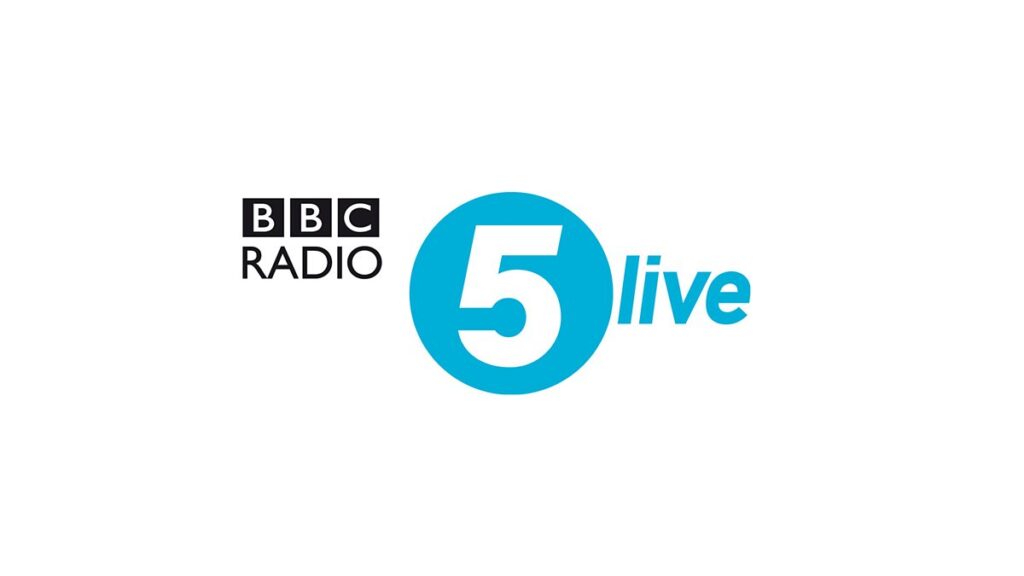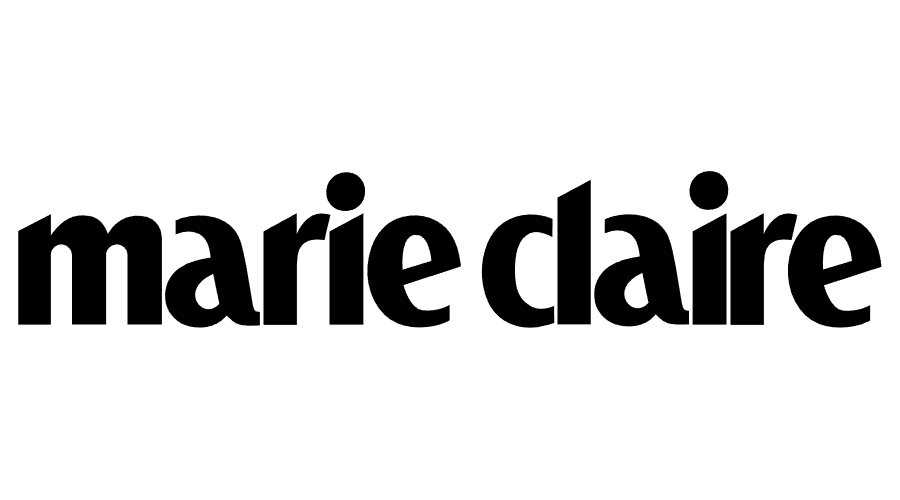What Is Gynaecomastia?
Gynaecomastia, or excess male breast tissue, is often referred to as moobs. Whilst hormone imbalance is usually the cause, often no underlying cause is found. Male gynaecomastia can cause a great deal of embarrassment and many patients avoid activities such as swimming, where they may need to remove their clothing, or cause patients to feel self-conscious in social settings. Gynaecomastia surgery is usually the treatment recommended, or is done in conjunction with liposuction, to provide gynaecomastia reduction.
Who Is Gynaecomastia Surgery Suitable For?
Gynaecomastia surgery is for those who are unhappy with the appearance of their chest and are a healthy and stable body weight.
Who Is Gynaecomastia Not Suitable For?
Gynaecomastia surgery is not suitable for patients with a significant medical history, as well as those who smoke.
How Much Does Gynaecomastia Surgery Cost?
Following a consultation to see if you are suitable for gynaecomastia surgery in Manchester, you will be provided with a quote that includes anaesthetic, surgeon and hospital fees.
What To Expect During Your Consultation For Male Gynaecomastia Surgery in Manchester
The success of your consultation for male gynaecomastia surgery in Manchester depends on your openness and honesty in relation to what troubles you experience, as well as your expectations of gynaecomastia surgery. During your consultation, we will ask you questions about your health, lifestyle and personal desires, as different operations can be tailored to suit your needs and your desired outcomes. The risks and complications of male gynaecomastia surgery will also be discussed with you.
Various types of liposuction procedures are available and a consultation regarding these risks, including the limitations of gynaecomastia surgery, will help you to choose a procedure which will meet your expectations.
Preparing for Gynaecomastia Surgery
Gynaecomastia surgery can be performed under both local and general anaesthetic. Your health is of prime importance, therefore any cosmetic surgery should be postponed if, for any reason, you are unwell, including gynaecomastia surgery in Manchester. It is important that if anything changes in regards to your health, you get in touch with us so that we can best advise you on what to do next.
Ideally, we recommend that you stop smoking around 6 weeks before your gynaecomastia reduction surgery, as well as stop taking aspirin, herbal supplements and anti-inflammatory medications. Prior to your gynaecomastia surgery in Manchester, you may need preoperative tests, which we can arrange if required. Generally, you will experience some discomfort following your surgery and should aim to take around 1 week off from work, depending on the type of work that you do.
Gynaecomastia Surgery
Gynaecomastia surgery typically takes around 1-2 hours. The surgery starts with us placing anaesthetic fluid into the area in question and an incision, which is typically less than 1cm, is made either overlying or close to the area where fat needs to be removed.
In the case where body jet liposuction needs to be used during gynaecomastia surgery, fluid is infiltrated at the same time that the fat is removed. Once the fat has been removed, the small incision made will be closed using dissolvable stitches. Following liposuction and gynaecomastia reduction, it may be necessary to perform a direct excision of any remaining excess tissue. The incision may need to be made around the areola and, in cases of severe gynaecomastia, horizontal or vertical incisions, or even a combination of both, may be required. The nipple areola may need to be repositioned or even removed and replaced.
The need for extensive incisions is typically only required for those with excessive breast tissue in combination with excess skin and, in the majority of cases, gynaecomastia surgery involving liposuction or an areola incision is all that is required. Any incisions made during gynaecomastia surgery are typically closed using dissolvable sutures and a compression garment is typically applied.




After Gynaecomastia Surgery
If your gynaecomastia surgery is performed under local anaesthetic, then you will need to mobilise straight away. Should you require a general anaesthetic, then you will return to the ward within an hour after your gynaecomastia surgery, where you will also be encouraged to mobilise. Usually, no drains will be in place and you will be able to eat, drink and mobilise as normal.
Following gynaecomastia reduction surgery, you will likely feel swollen and have general discomfort that typically requires analgesia. You may be able to go home the same day and should aim to keep the surgical area dry for the next week. We recommend that you arrange for someone to pick you up following gynaecomastia surgery in Manchester and have support in place at home following your discharge.
You will be reviewed in the clinic where you had your gynaecomastia surgery in Manchester and have your wounds checked after a week. You should continue to avoid excessive straining in the first couple of weeks and continue to wear a support garment for around 4-6 weeks following your gynaecomastia surgery. After 1-2 weeks, you will be able to do light exercises.
Risks and Complications Of Gynaecomastia Surgery
The majority of patients who undergo gynaecomastia surgery are delighted with the results and procedure, although common complaints include bruising, swelling and numbness. Uncommon complications can include infection, haematoma, delayed healing/scar necrosis/skin loss, seroma formation and thickened scar. Uncommon risks of general anaesthesia such as respiratory or cardiac compromise and deep vein thrombosis.
Liposuction removes fat cells and, although these cells do not come back, other fat cells can occur in the same area. It is unusual to have irregularities, although over time these can develop. Your body contour will also change and irregularities can become more apparent with any weight fluctuations in weight. Although tissue is removed during gynaecomastia surgery, the aim is to reduce the volume, instead of removing all tissue. The final result of gynaecomastia surgery takes a number of months to become apparent.
Gynaecomastia, sometimes referred to as “man boobs” or “moobs” is a common condition in boys and men which causes breasts to swell and become larger than normal. There are a few things what cause gynaecomastia, but one of the most common causes is a hormone imbalance.
Male gynaecomastia can often be caused by an imbalance between the hormones oestrogen and testosterone. Although all men produce some oestrogen, typically they have higher levels of testosterone, which stops oestrogen allowing the breast tissue to grow. Oestrogen causes breast tissue to grow and, when there is an imbalance between the two hormones, this can lead to male gynaecomastia.
Another common cause of gynaecomastia is obesity. Being overweight can increase levels of oestrogen and if you are overweight, then you’re also likely to have higher levels of body fat, which can cause breast tissue to enlarge. Puberty is another common cause of gynaecomastia in young men as, during puberty, hormone levels can vary.
If the levels of testosterone drops, then oestrogen can cause the breast tissue to grow. Most teenage boys will experience some degree of breast enlargement during puberty, but as hormone levels begin to stabilise, the effects can subside.
Male gynaecomastia can also be the result of underlying health conditions, side effects of certain medication or simply getting older.
Although there are some things you can do to reduce the appearance of male gynaecomastia, often the effects can have mental implications, particularly if your confidence has been affected. This is why gynaecomastia surgery is often considered by a number of patients because, although gynaecomastia can go away naturally, it can take time to see results. Finding the most effective treatment for gynaecomastia depends on the cause. If gynaecomastia is the result of being overweight, then you can improve your lifestyle habits, such as eating a healthier diet, getting ample sleep and reducing alcohol consumption, but it can’t reduce actual gynaecomastia tissue. If you believe you may have a hormone imbalance which is the cause of male gynaecomastia, then making some changes to your lifestyle can help to reduce the appearance of male gynaecomastia over time, but not cure it completely.
Although you will see improvements in your general health and physical appearance if you increase the amount of exercise you do, exercise and diet alone aren’t leading contributors to reducing the appearance of gynaecomastia.
If you are overweight, then losing excess weight can help to minimise the appearance of gynaecomastia and help to improve your overall body image, but as male gynaecomastia isn’t excess fat and is, instead, glandular tissue, then exercise can’t reduce this.
Whilst some non-surgical treatments can be helpful in reducing the appearance of male gynaecomastia, gynaecomastia surgery is the only way to fully correct the appearance of gynaecomastia.
Male gynaecomastia surgery offers an immediate and certain reduction of gynaecomastia. Gynaecomastia surgery offers permanent results because, during gynaecomastia surgery, liposuction and tissue removal are used to get rid of the glandular tissue, which can’t grow back over time.
If you are interested in gynaecomastia surgery, then we will first invite you in for a consultation to see if you are suitable for surgery. If you are suitable, then you will be provided with a quote that includes surgery, anaesthetic, surgeon and hospital fees.
Gynaecomastia surgery takes between 1-2 hours to complete and you may need to stay in hospital overnight to ensure proper healing. Male gynaecomastia surgery is typically carried out under general anaesthetic. First, a cut is made around the nipple. Then, either using liposuction, a surgical knife or combination of the two, excess glandular tissue is removed from your breast. If a lot of tissue needs to be removed, then your nipple may need to be repositioned, but this will be discussed during your consultation. Once the surgery is complete, the area will be dressed and bandaged and you’ll then be taken to recovery.
It can take several weeks to full recovery from male gynaecomastia surgery and you may need to take a week or two off work, depending on your job. You will likely be sore, swollen and bruised around the surgery site for a few weeks and will be required to wear a compression garment to help support your chest whilst it heals for a few weeks.
We’ll ask you to come back for post-surgery checkups following gynaecomastia surgery where we can check how your wounds are healing. This will help us to see how long your dressings need to be on for, too. After 1-2 weeks, your stitches will either dissolve or be removed.
We recommend that you avoid strenuous activities and exercise, stretching and heavy lifting for around 3 weeks following gynaecomastia surgery and it can take up to 6 weeks to fully return to your normal activities. We recommend that you avoid driving until it is no longer painful or uncomfortable to wear a seatbelt, which can be several weeks following gynaecomastia surgery.
After having male gynaecomastia surgery, most men will have a scar around their nipples, but if you have undergone large gynaecomastia reduction surgery, then this may result in vertical or horizontal scars across the breast crease. Before gynaecomastia surgery, we will discuss the surgery plan so that you are aware of any potential scarring beforehand. It can take several months, but scars will heal over time.
























